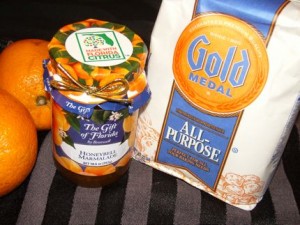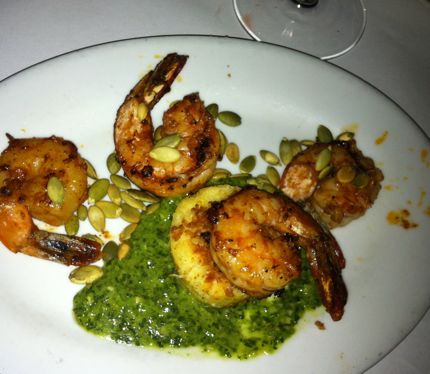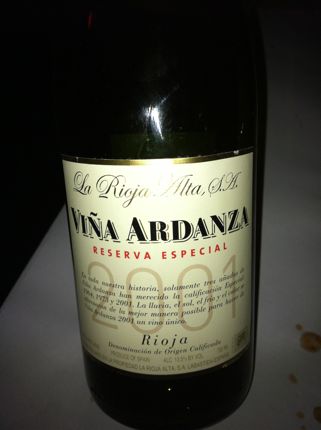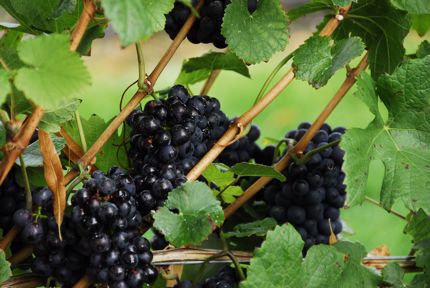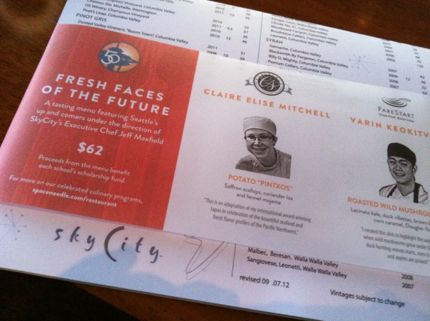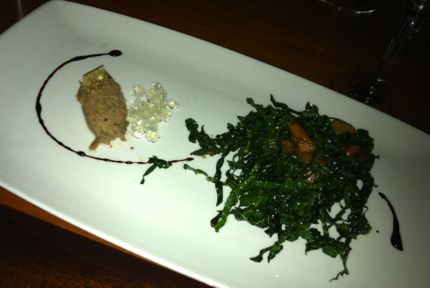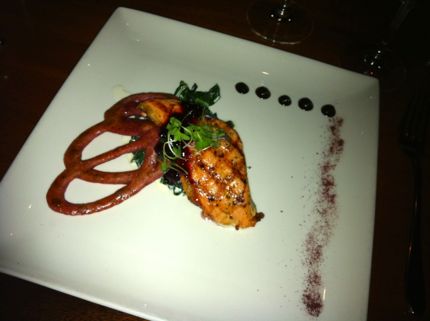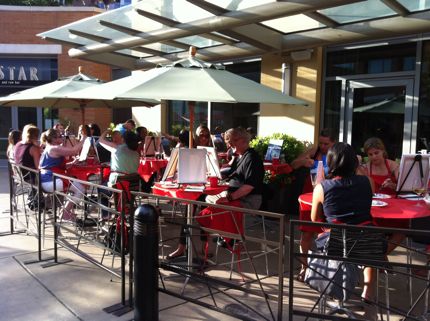Recipe of the Month: Smoked Salmon Dutch Baby
December 31, 2012
Smoked Salmon Dutch Baby with Dill Sauce
Wine Varietal: Sparkling Wine or Champagne
Serves 4 as an appetizer
Dutch babies, also referred to as German babies, baked pancakes, or oven pancakes, are puffy pancakes cooked in a skillet in the oven. Although often served with a sauce of lemon juice mixed with confectioner’s sugar, I like this savory version spiked with smoked salmon and sautéed veggies and served as an appetizer. Served with a glass (or two) of your favorite bubbly, it would be a lovely way to ring in the New Year!
1 tablespoon olive oil
1/2 small white or yellow onion, chopped
1/2 red bell pepper, chopped
1 tablespoon butter
3/4 cup lowfat milk
1/3 cup flour
Dash freshly ground white pepper
4 eggs or 1 cup egg substitute, such as Egg Beaters
1 1/2 teaspoons ground sweet paprika
1 package (3 ounces) cold-smoked salmon, such as Nova or lox, cut into 1/4-inch slices
1. Heat the oven to 400°F.
2. Heat the olive oil in a medium skillet over medium-high heat. Add the onion and red bell pepper and cook until the vegetables are tender, stirring often, 5 to 7 minutes. Remove from the heat and reserve.
3. Melt the butter in a large, nonstick, ovenproof skillet in the oven until sizzling. Wrap the handle of the skillet with foil if it is not oven-safe, and check the skillet frequently so that the butter doesn’t burn.
4. Blend the milk, flour, and white pepper in a food processor or blender. Add the eggs and process just until blended.
5. Remove the skillet from the oven and transfer the reserved vegetables to skillet, distributing evenly. Immediately pour in the egg batter.
6. Bake in the center of the oven until the Dutch baby is puffed and lightly browned, 12 to 15 minutes. Remove from the oven, sprinkle evenly with paprika, and place the salmon pieces over top of pancake. Cut into 8 wedges and serve immediately or allow to come to room temperature.
7. To serve, place 2 wedges on each appetizer plate and place a dollop of Dill Sauce beside the wedges.
Dill Sauce
Makes 1/2 cup
1/4 cup plain nonfat yogurt
1/4 cup nonfat or lowfat sour cream
1 tablespoon fresh snipped dill or 1 teaspoon dried dill, crumbled
Tabasco
Salt
Place yogurt, sour cream, and dill in a small mixing bowl and stir to blend. Season to taste with Tabasco and salt. Cover and refrigerate until ready to use.
Cook’s Hint: To insure the Dutch baby comes out of the pan easily, this recipe works best when prepared in a nonstick skillet. And no peeking while the Dutch baby is cooking; opening the oven door while baking will cause the pancake to fall!



